pectus excavatum baby symptoms
What causes pectus excavatum. A worsening of symptoms as the child grows.
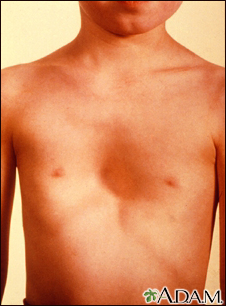
Pectus Excavatum Information Mount Sinai New York
Shortness of breath andor palpitations especially after exercise or when postural chronic fatigue and on ECG ventricular extra systoles andor.

. Pectus excavatum is where the sternum and ribs develop abnormally causing the sternum to drop inward toward the spine and produce a caved in or sunken appearance of the. Symptoms may only start when the child is older and they may get worse with age. Stay in Contact With Your Doctor.
Often it gets worse at about the time a child starts puberty age 12 to 14 years. Symptoms of Pectus Excavatum. Not all cases need surgery.
Pectus excavatum is due to too much growth of the connective tissue that joins the ribs to the breastbone sternum. The way pectus excavatum affects pregnancy is by a mild form of dyspnea. The presence of symptoms in patients with pectus excavatum is variable.
Fast heart rate tachycardia. In infancy symptoms of pectus excavatum can include. Home treatment for pectus excavatum in kids can also include vacuum bell devices.
The sunken chest can be fixed with surgeries like the Nuss procedure or Ravitch procedure. This causes the sternum to grow inward. Physical symptoms can include.
The main sign of pectus excavatum is a chest that looks sunken in. Pectus excavatum may also be associated with scoliosis in some. Older children may develop issues involving self-image or self-confidence.
While most patients do not have symptoms those with severe forms of the abnormality may experience. If the condition is severe the heart and lungs can be affected. Some people will also have shortness of breath especially during exercise.
This is sometimes called sunken or funnel chest. Many of those with pectus excavatum are. Some children with funnel chest may not experience any symptoms except the shape of their chest.
Decreased stamina compared to peers. You may see a small dent in your childs chest when they are of grade school age. As a result there is a depression in the chest over the sternum which may appear quite deep.
Children with mild pectus excavatum often have no other symptoms but more severe cases can affect the heart and lungs. Even though kids who have pectus excavatum are born with it it might not be noticed in the first few years of life. Pectus excavatum can range from mild to severe and your child may or may not have symptoms related to the heart or lungs.
Chest pain related to abnormal bone and cartilage growth. It has a male predominance with a ratio of 31 male to female. This is probably related to the effect of the breastbone deformity on the heart as previously mentioned.
From a practical viewpoint this means that detection of a pectus excavatum when examining the patient should not be neglected and should be considered as a possible explanation for the following symptoms. The condition can be mild or severe. Improving circulation around injuries by using heat or cold therapy.
If the condition is severe the heart and lungs can be affected. The cause of the disorder is not known. Pectus excavatum is due to too much growth of the connective tissue that joins the ribs to the breastbone sternum.
Sometimes the deformity isnt noticeable until after the adolescent growth spurt. A hollow depression in the chest that may be broad and shallow deep and narrow or irregular more rapid breathing than normal. It can appear as a symptom of Marfan syndrome or sometimes alongside scoliosis curvature of the spine.
Decreased endurance with exercise. Both or just one side of the breastbone may be affected. Physical Therapy for Kids with Inverted Chest.
With a severe case of pectus excavatum there can be compression of the heart. Another common complaint is the sensation of breathlessness particularly on exertion. A genetic predisposition to pectus excavatum has never been defined although there is a clear.
In some people the depth of the indentation worsens in early adolescence and can. A depression of the sternal bone. The pain usually is not severe or long lasting when it occurs.
Shortness of breath with exercise. Pectus excavatum does not always cause other symptoms especially before the teen years. Her pregnancy was complicated by placenta previa and severe anemia but she delivered a healthy baby.
The main symptom of pectus carinatum is a breastbone that sticks out. Pectus excavatum is a condition in which the breastbone is sunken into the chest. While this can be noted early in life pediatric pectus excavatum often worsens during a growth spurt in adolescence.
Those with a mild condition often do not have symptoms. As a result there is a depression in the chest over the sternum which may appear quite deep. But there is an example of a woman who gets pregnant two years after pectus excavatum repair.
Others may experience symptoms including. Pectus excavatum can appear as a symptom of another disorder or syndrome collection of symptoms often seen together. Certainty chest and back pain is common and is probably musculoskeletal in origin.
Poor posture which is often present maybe a factor in the development of such pain and breathlessness. What are the symptoms. The severity of this condition can range from mild to severe.
This causes the sternum to grow inward. Intermittent shortness of breath. Those with moderate-to-severe condition may have symptoms such as shortness of breath fatigue exercise intolerancelimitations and chest pain.
For many people with pectus excavatum the only sign or symptom is a slight indentation in their chests. Moderate-to-severe cases can cause. Many cases are found in the early teenage years.
It is found in one in 400 live births. Pectus excavatum the most common anterior-chest-wall deformity is characterized by inward displacement of the sternum creating a depression in the chest. Shortness of breath with exercise.
Pectus excavatum is the most common chest wall deformity occurring in about one in 500 children and accounting for more than 90 percent of congenital chest wall deformities. Pectus excavatum is a chest deformity where the breastbone sternum appears sunken.
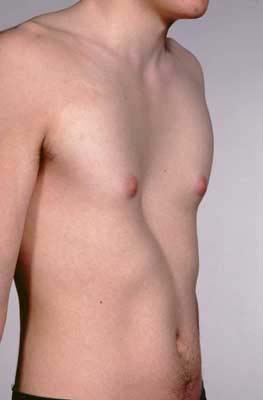
Pectus Excavatum Chest Wall Deformities Child Heart Specialist

Help My Baby S Chest Is Caving In Pectus Excavatum Dr Paul Youtube

Pectus Excavatum From A Pediatric Surgeon S Perspective Abstract Europe Pmc

Patient 2 Note Cafe Au Lait Spots Pectus Excavatum Widespaced Download Scientific Diagram
How To Deal With Your Child S Pectus Carinatum Condition Align Clinic

Pectus Excavatum Symptoms Treatments And Complications

Full Shot And Limbs At The Age Of 9 Years A Evidence Of Pectus Download Scientific Diagram

A Proband At 3 Years Of Age With Pectus Excavatum Relatively Short Download Scientific Diagram

Pectus Excavatum Chest Wall Stanford Children S Health

Pdf Pectus Excavatum A New Perspective On Correction Semantic Scholar

Pectus Excavatum Symptoms Treatments And Complications
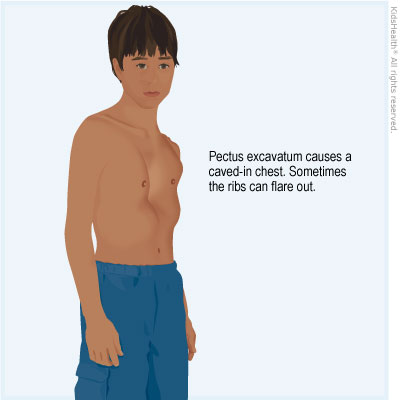
Chest Wall Disorder Pectus Excavatum For Parents Primary Children S Hospital

Pectus Excavatum In Girl Babycenter
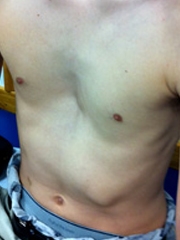
Pectus Excavatum Children S Hospital Of Philadelphia
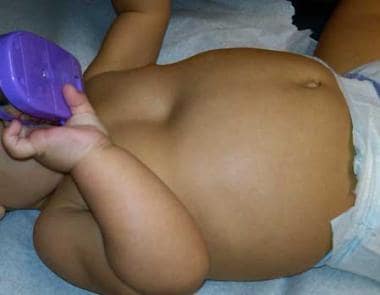
Nuss Procedure For Pectus Excavatum Background Indications Contraindications

Pectus Excavatum Sixth Toe July 2016 Babies Forums What To Expect

Pectus Excavatum And Improve Your Homoeopathic Knowledge Facebook

Features Of Rickets Such A Frontal Bossing Harrison Sulcus Pectus Download Scientific Diagram
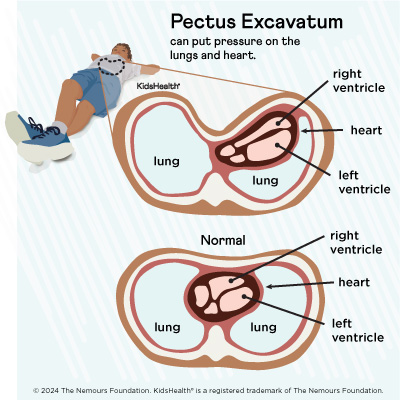
Chest Wall Disorder Pectus Excavatum For Parents Primary Children S Hospital